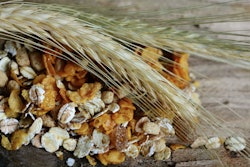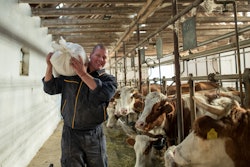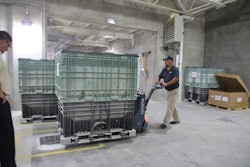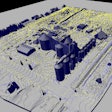
Dynamic nutritional analyzation could help poultry producers rapidly adapt in response to highly volatile feed ingredient markets, improving profit margins and reducing feed costs.
“The general idea is to take a look at what the expected profit would be for all the different operational configurations,” said Tristan Bond, data scientist and engineer, Agrinerds.
“We’re not trying to replace the nutritionist. We’re not trying to circumvent anything of that nature. It’s just a tool to allow them to make sure they’re making the best decision.”
Optimizing feed costs
Feed costs currently account for approximately 70% of all poultry production expenses. Ingredient prices have historically been volatile due to several factors including inflationary pressure, climate change, COVID-19 and the war in Ukraine.
In addition, profit margins are narrow in the poultry industry, so it is essential for producers to optimize ration selection for the best return on investment (ROI).
Accounting for variability
Including live commodity pricing with ration formulas and poultry meat and/or egg pricing into feed decisions could help producers better identify and predict ingredient prices, Bond said at the 2023 Poultry Tech Summit.
Software integrates these factors can generate details and comprehensive reporting and provide visual insights for intuitive understanding. It can include profit-driven modeling to optimize operations for profitability, while performance planning can project the performance of multiple flock cycles using real-time market data.
These insights can help producers with feed tracking and ordering, data-based model validation, model enhancements with artificial intelligence (AI) and ration formulation ingredient substitution.
“What’s nice about the way you do this, you can make sure that you’re planning well into the future, but you can still change what you’re working with,” Bond explained. “Since the futures market goes out two years in the future, this is something that can be used to understand what it’s expected to do. But, when the time gets closer, you’re not beholden to the decision made several months ago.”



















